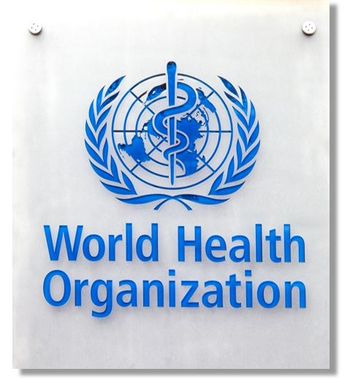
Novel Agent Tirzepatide Superior to Semaglutide in Reducing A1c, Body Weight in Type 2 Diabetes
The much anticipated results from the SURPASS 2 clinical trial demonstrated reductions in A1c and body weight with tirzepatide that were significant and superior to those with semaglutide.
Tirzepatide, the novel injectable once-weekly dual glucose-dependent insulinotropic polypeptide (GIP)/glucagon-like peptide-1 receptor agonist 1 (GLP-1 RA) led to superior reductions in baseline hemoglobin A1c (A1c) and body weight compared to GLP-1 RA semaglutide in patients with type 2 diabetes (T2D) on background treatment with metformin.
More than 90% (92%) of participants receiving tirzepatide reached an A1c <7% and up to 51% achieved an A1c <5.7%.
The findings, from the SURPASS 2 clinical trial sponsored by Eli Lilly, were simultaneously published on Friday, June 25, 2021, in
SURPASS 2, led by Juan Pablo Frias, MD, Medical Director of the National Research Institute, was a 40-week, multicenter, randomized, parallel, open-label trial designed to compare the efficacy and safety of 3 doses of tirzpeatide (5 mg, 10 mg, 15 mg) to semaglutide 1 mg adults with T2D inadequately controlled with ≥1500 mg/day metformin alone.
The primary objective, wrote Frias et al, was to demonstrate noninferiority in reduction of A1c with tirzepatide 10 and 15 mg compared to semaglutide 1 mg from baseline to week 40.
Key secondary endpoints included reductions noninferior to semaglutide in A1c from baseline for low-dose (5 mg) tirzepatide; superior reductions in body weight and A1c as well as a greater proportion of participants reaching A1c <7% for all 3 doses of terzepatide and greater percentages achieving A1c <5.7% for the 10 and 15 mg doses of tirzepatide.
SURPASS randomized 1 879 participants 1:1:1:1 to tirzepatide 5, 10, or 15 mg dose, or semaglutide 1 mg. Participants’ mean age was 56.6 years, mean A1c at baseline, 8.28%, mean baseline weight, 93.7 kg and BMI, 34.2 kg/m2. Average duration of T2D was 8.6 years.
RESULTS
Study authors report superior reductions from baseline in A1c and body weight for all 3 tirzepatide doses vs semaglutide. Specifically:
- A1C reduction: -2.09% (5 mg), -2.37% (10 mg), -2.46% (15 mg) vs -1.86% (semaglutide)
- Weight reduction: -7.8 kg (-8.5%, 5 mg), -10.3 kg (-11.0%, 10 mg), -12.4 kg (-13.1%, 15 mg) vs -6.2 kg (-6.7%, semaglutide)
- Participants achieving A1C <7%: 85% (5 mg), 89% (10 mg), 92% (15 mg) vs 81% (semaglutide)
- Participants achieving A1C <5.7%: 29% (5 mg, not controlled for type 1 error), 45% (10 mg), 51% (15 mg) vs 20% (semaglutide)
Estimated differences between tirzepatide groups and the semaglutide group were statistically significant for the 10 mg (−0.39 percentage points [95% CI, −0.51 to −0.26; P<.001]), and 15 mg (−0.45 percentage points [95% CI, −0.57 to −0.32; P<.001]) doses.
Frias et al also report that at all 3 doses, tirzepatide was noninferior and superior to semaglutide. Overall reductions in body weight from baseline were greater with tirzepatide vs semaglutide: (least-squares mean estimated treatment difference, −1.9 kg (5mg), −3.6 kg (10 mg), and −5.5 kg (15 mg); P<.001 for all comparisons).
Hypoglycemia (blood glucose <54 mg/dL) among all treated patients were reported to be low.
The most commonly reported side effects across treatment arms were gastrointestinal in nature and mostly mild-to-moderate.
Evaluation of an additional exploratory endpoint found that all 3 doses of tirzepatide led to reductions from baseline in fasting lipids including for the 15 mg dose a reduction in triglycerides of nearly 25%.
These results, which will also be featured during an ADA-sponsored symposium on Tuesday, June 29, showed that all three tirzepatide doses achieved greater A1C and weight reductions compared to semaglutide.
SURPASS-2 is the second of five global registration studies for tirzepatide in type 2 diabetes, all of which have been completed. Lilly intends to submit the full registration package to regulatory authorities by the end of 2021.
SURPASS 2 results also will be featured during an ADA-sponsored symposium,
Newsletter
Enhance your clinical practice with the Patient Care newsletter, offering the latest evidence-based guidelines, diagnostic insights, and treatment strategies for primary care physicians.



















































































































































































































































































